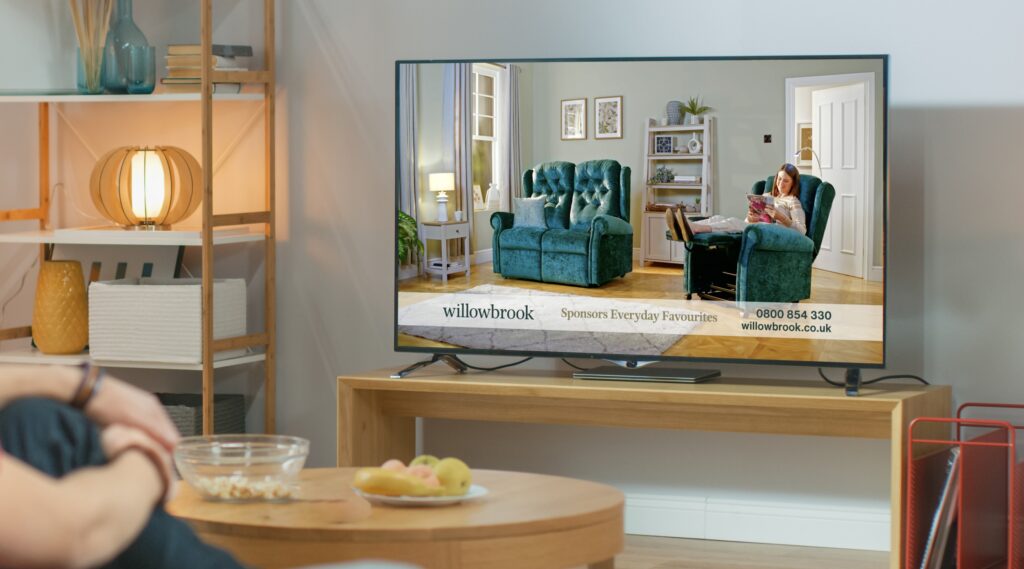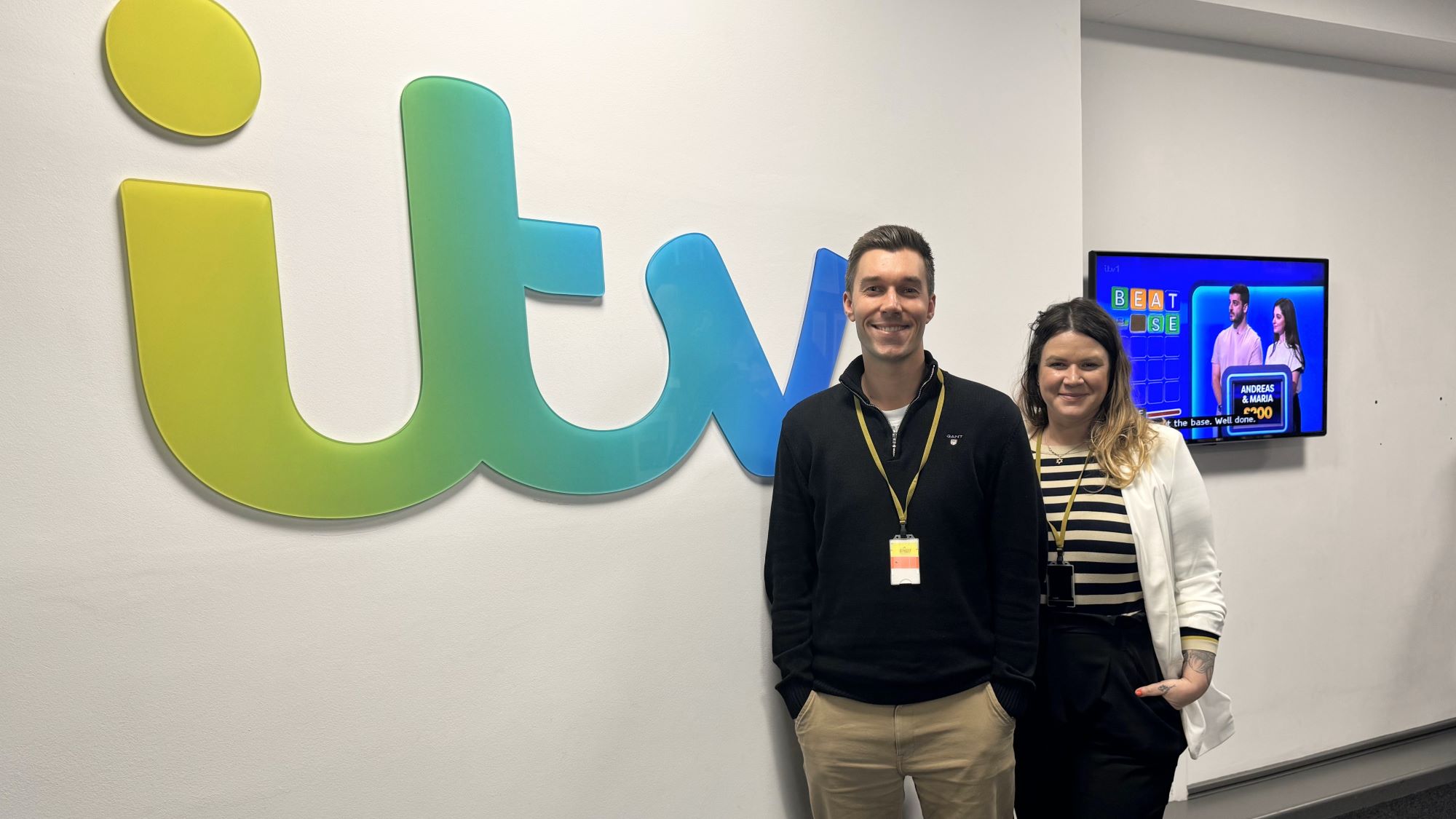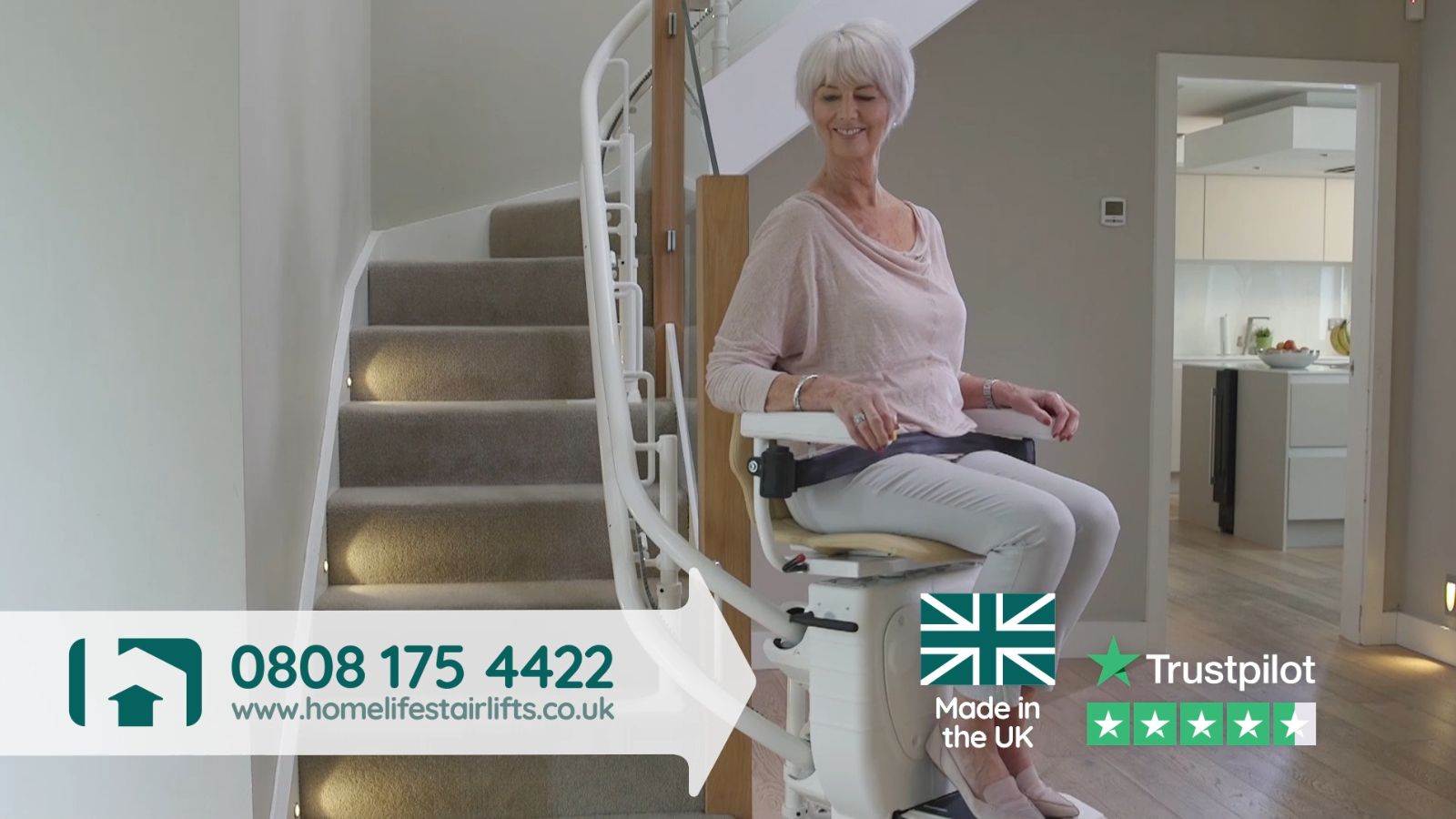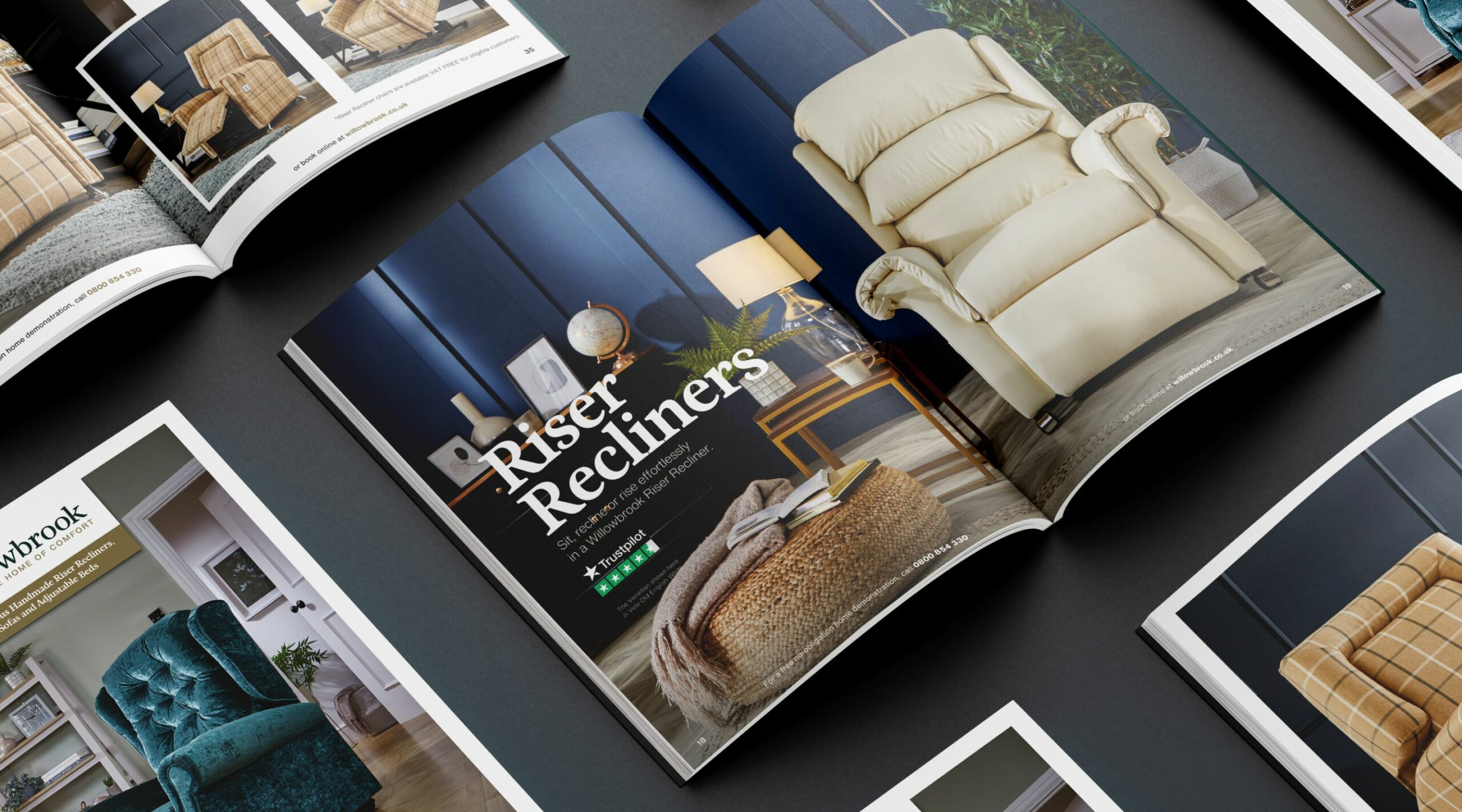By Ben Jones, Account Director
How many marketing meetings have we sat in and heard the phrase, “the audio-visual (AV) marketplace is more fragmented than ever”? It’s as regularly an introductory sentence in industry think pieces as it is a monotonous marketing cliché, akin to “press is soon to be obsolete”.
But just because the AV marketplace is fragmented doesn’t mean it’s impossible to navigate. If you’re a marketer worth your salt, it goes without saying that you need to understand the relevance of the ever-evolving AV marketplace to your target audience.
Brands are regularly willing to spend thousands or even millions on AV advertising, but it’s surprising how many brands overlook the complexities of their audiences when fine-tuning their optimal AV mix.
The AV marketplace is not as cut and dry as some would like to think. Here’s why.
Broadcast TV
With the rise of on-demand services and social media, is broadcast TV becoming less important for brands? Not exactly.
While its viewership may be shrinking, broadcast TV remains unrivalled in terms of its perception as a trusted, high quality and highly engaging medium.
It goes without saying that the more thorough the brand’s understanding of their audience, the more accurate the assignment of the weight to broadcast TV within the wider AV mix.
Take a brand looking to engage the mature market, for example. We know from Ofcom that, for over-75s, live broadcast TV still accounts for 79% of total video viewing time, with all broadcaster content accounting for 91% of total video viewing. These figures clearly highlight the importance linear TV continues to play within the wider AV mix for this demographic. For such brands, there are clear opportunities to cut through on TV through daytime spot campaigns and sponsorship properties.

Broadcaster Video-on-Demand (BVoD)
Another brand wanting to target those aged 35-54 are more likely to consider BVoD platforms like ITVX or More4.
Campaigns activating on TV and BVoD are more effective in driving incremental reach than linear alone and are proven to drive increased ROI. Network agencies have been quick to capitalise on this insight, commissioning proprietary planning tools that seek to allocate AV advertising budget optimally.
But an increase in automation should not compromise due diligence and any overused industry spiel referencing an optimal 80:20 TV-BVoD split is ill-founded. The best media planners will work hard to refine this optimal split over time, never resting on their laurels in a rapidly evolving marketplace.
Other VoD and Online Video
Although younger audiences are spending less time viewing broadcast TV, the TV set still accounts for 82% of total video viewing.
Instead, these audiences are using smart TVs to watch ad-funded content (AVoD) on YouTube and access subscription-based streaming platforms (SVoD) such as Netflix, Amazon Prime and Disney+. According to Ofcom, 16-34-year-olds represent one-quarter of total AVoD and SVoD UK viewership.
The SVoD space is perhaps the most quickly evolving and the complex element of the AV mix, as recently demonstrated by the wave of providers scrambling to further commercialise their business models by offering new ad-supported subscriptions.
For example, Amazon has just integrated ads into its current Amazon Prime subscription and will charge customers an extra £2.99 per month to opt out of seeing these ads. Other platforms will likely follow suit and these new properties, previously inaccessible to advertisers, will present brands with new and attractive opportunities to capture a more highly engaged audience.
What does it all mean?
Whilst today’s fragmented means of video viewership does present a real challenge to brands, it also represents an opportunity to clever brands who are looking to maximise cost-efficient reach and build frequency over multiple relevant touchpoints. For example, the inclusion of YouTube within the AV mix allows brands to seamlessly bridge linear and digital campaigns to reach 16-34-year-old audiences and generate greater awareness.
Savvy marketers will understand the value in creating content that is fit for purpose rather than simply replicating a hero TV ad and deploying it across other online video platforms. What works well on broadcast TV may not work well on YouTube, and marketers who sacrifice effectiveness for economic efficiency will find themselves struggling in the long run.
The true success of any AV campaign will largely reflect the ability of its media planning team to navigate, understand and ultimately execute an optimal plan that reaches the target audience with the right content, on the right platform, at the right time.





